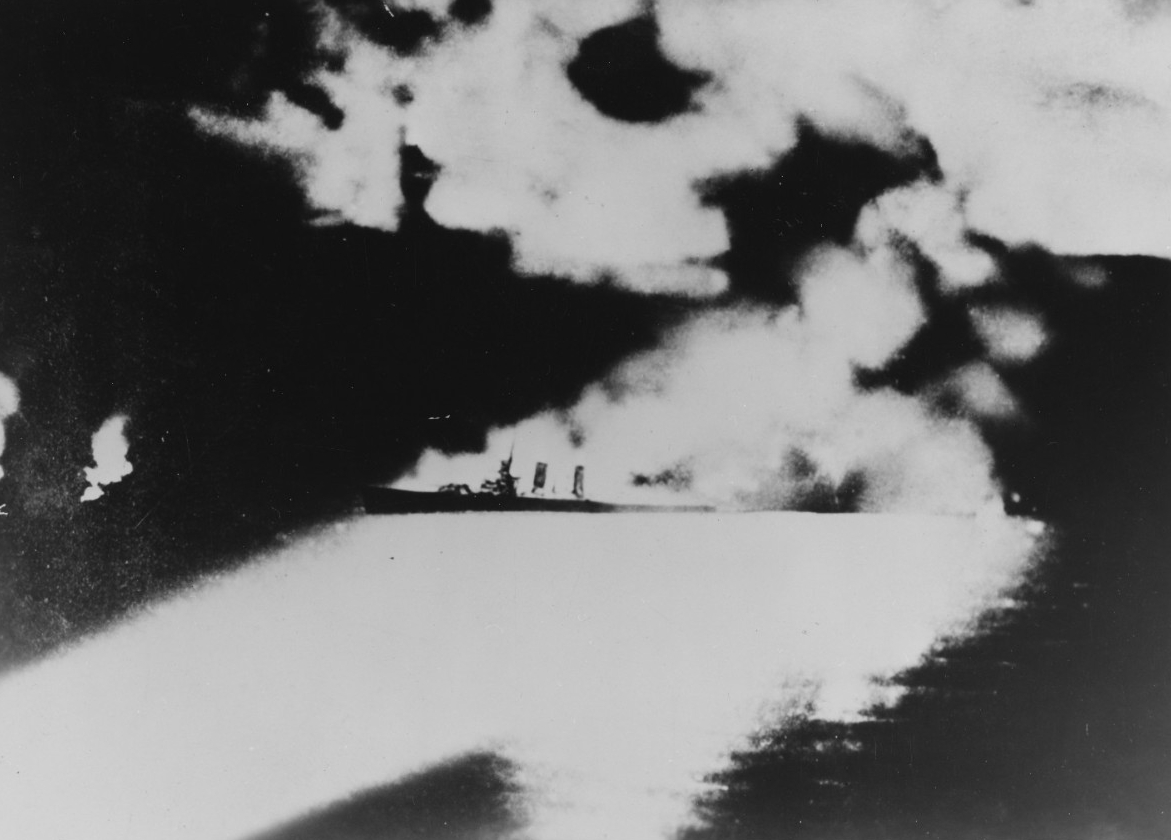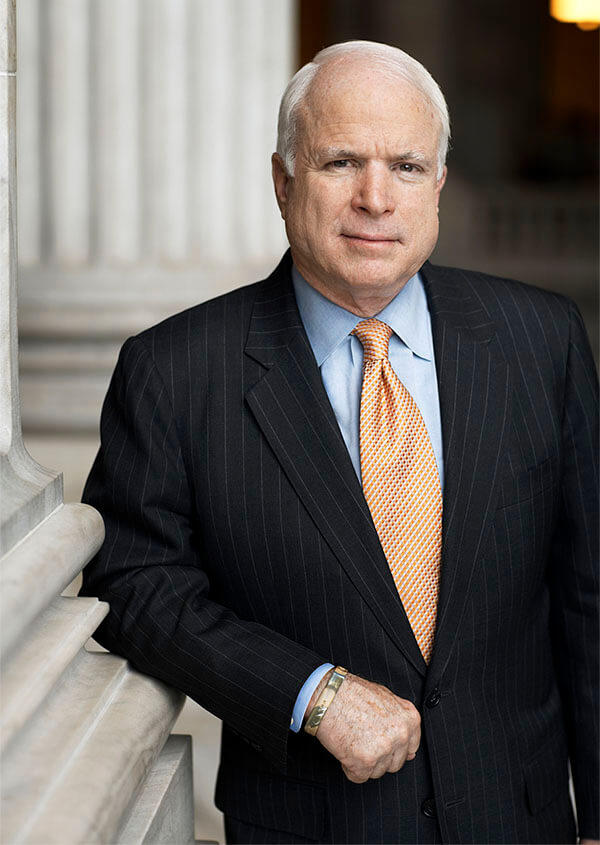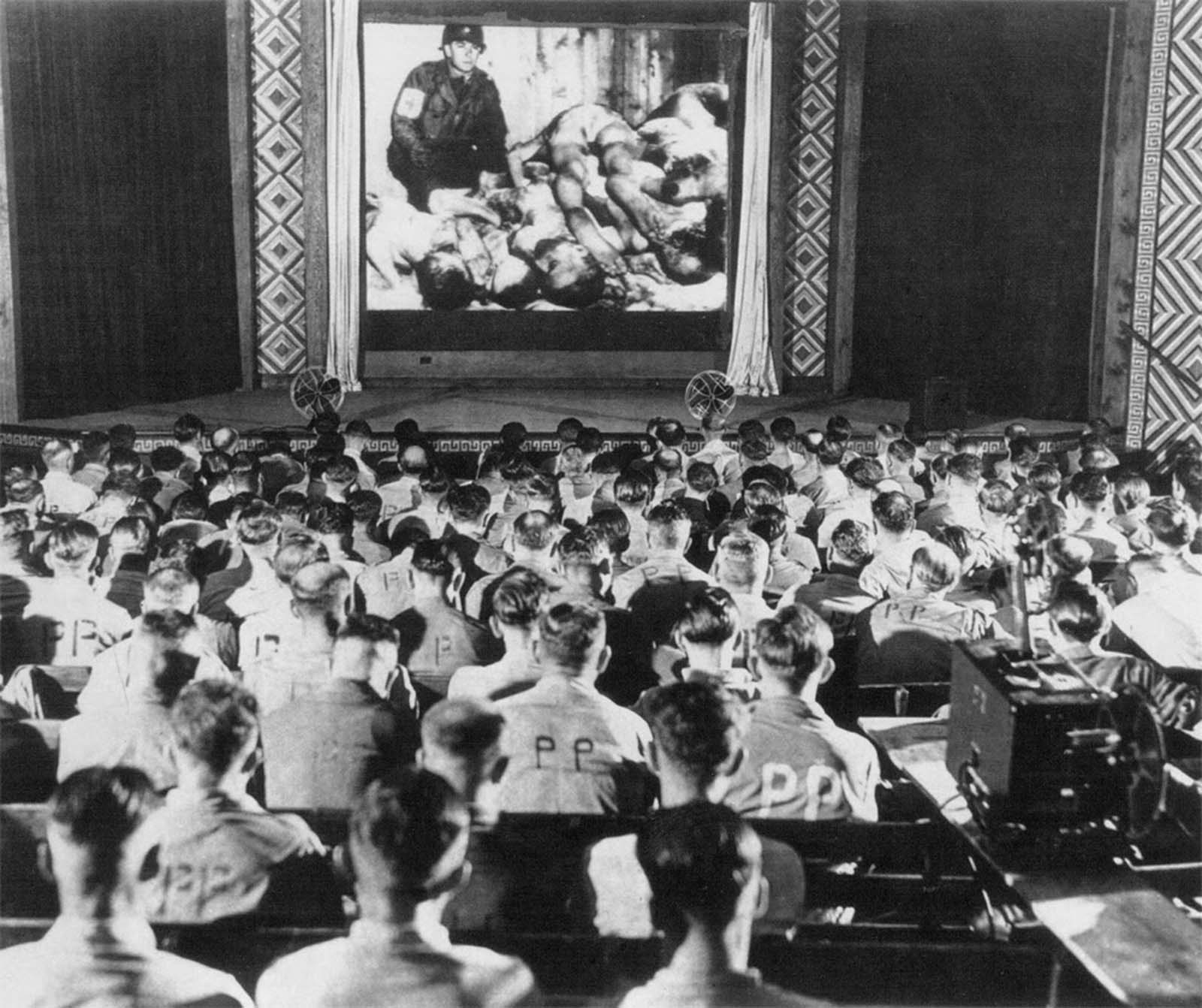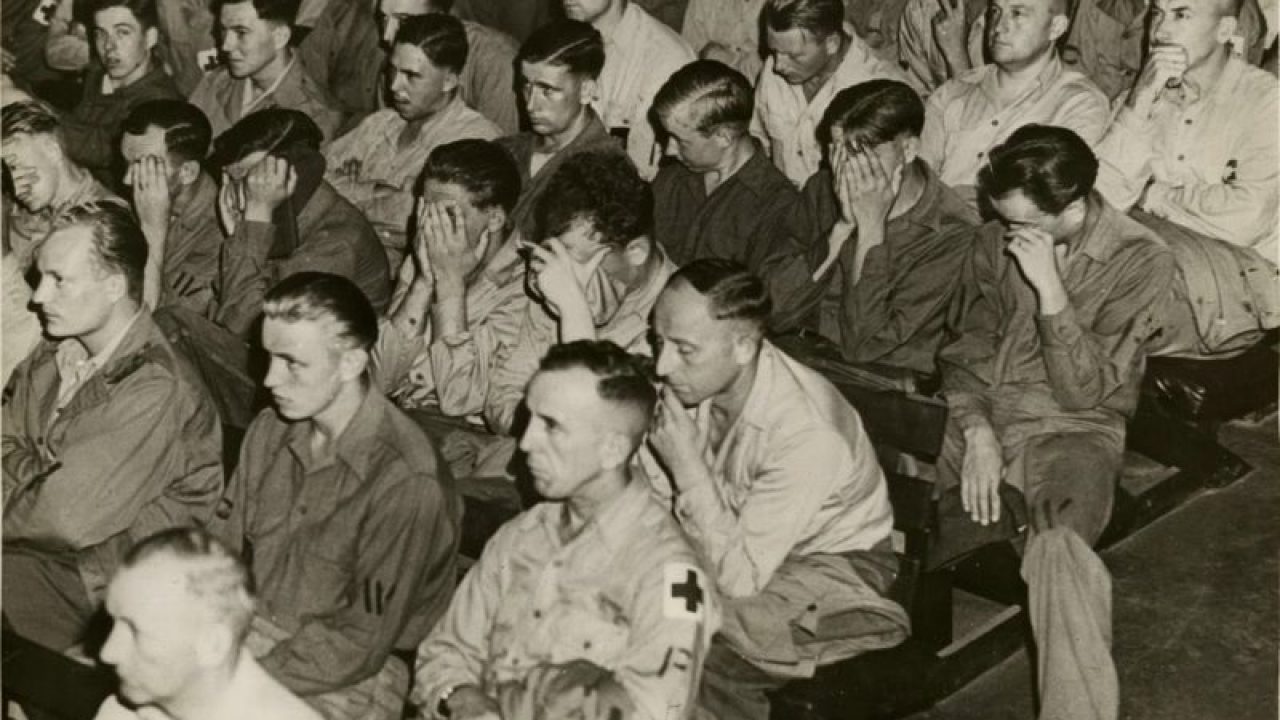View attachment 657090
A photograph of Confederate Vice Admiral Willis "Ching" Lee aboard the battlecruiser
CSS Robert E. Lee, circa 1942.
Born in 1888 in Kentucky, Willis Augustus Lee was a distant relative to the famed Confederate General, Robert E. Lee. Entering into the C.S. Naval College in Mobile, Alabama in 1904, Lee would earn the nickname of "Ching", both for his Chinese sounding surname and his fondness for East Asian culture, and he would also be enrolled in the Academy's Rifle Team. After graduating in 1908, Lee would switch back and forth between the Naval Academy's rifle team and various warships of the Confederate Navy until the start of the First Great War. During the Conflict, he would serve aboard the scout cruiser
Pensacola and the destroyer
Raphael Semmes, which the former ship was involved in the ill-fated New York Harbor Raid in September of 1914 and the First Battle of the Virginia Capes* in August of the following year. Following the end of the war, Lee would remain in the Confederate Navy, in which he would have his first command, being the destroyer
Gideon J. Pillow, and during the Interwar years, would rise through the ranks of the navy. By 1940, he was promoted to be a Vice Admiral and was also given command of the new battlecruiser
Robert E. Lee, in which Lee would regularly have the ship's gunners conduct gunnery practices in order to get the most accuracy out of the ship's weapons. These practices would ultimately pay-off, when on night of December 12th, 1941, while a Confederate battlegroup comprising of his flagship, and the cruisers
Alabama and
Fort Sumter were on an anti-commerce patrol 600 nautical miles off Nova Scotia. Lee's force would then stumble across a US Navy force comprising of the heavy cruisers
Vincennes,
Chicago, and
Pittsburgh, and 2 destroyers. With the assistance of British designed radar aboard his flagship, Lee was able to surprise the unsuspecting enemy.
A photo taken by a sailor aboard the
Robert E. Lee of the Union heavy cruiser
USS Pittsburgh ablaze. Thanks to the gunnery of his men and especially the advanced radar fire control, Lee's flagship was able to make devastating salvos which sank the
Pittsburgh and
Vincennes and badly damaging the Chicago. Following his successful night action on the 15th of December, Featherston would personally award Admiral Lee the Order of CSS Virginia in January of 1942 and would be promoted to Rear Admiral. In addition, Confederate propaganda would tout Lee as, "The Greatest Confederate Admiral since Semmes."
From a period of September of 1941 and the first half of 1943, Admiral Lee and his flagship would take part in several combat cruises in the North Atlantic, both defending Radius shipping and engaging enemy ones. During the times, his flagship would sink the light cruiser
USS Cleveland and 4 destroyers in addition to sinking 178,000 GRT of enemy shipping. Lee would be command of Confederate Naval Forces during the titanic Second Battle of Bermuda in the spring of 1943. Following the blunder at the Berry Islands in the Bahamas by the Confederate Caribbean Fleet in August of 1943, the Confederate Atlantic Fleet would largely be confined to Norfolk in which Admiral Lee would spend much of the time doing desk work with the exception of during of assisting the withdrawal of Confederate forces from Delaware during Operation Stonewall in the early winter of 1944. In the Spring of 1944 as Union forces approached Norfolk, Virginia, the Confederate High Command would order Admiral Lee and the remnants Atlantic Fleet to weigh anchor and attempt to sail to the Tampa to link up with the Caribbean Fleet. Admiral Lee and his forces would then be ambushed by US Navy warships off Currituck, and following the climatic night battle** which saw his forces wiped out, Lee would make it to shore after abandoning his flagship. The morning afterwards, Lee and a large group of sailors and officers would encounter a retreating CS Army convoy, in which they join them and were driven to Wilmington. After getting there, Admiral Lee was put in command of the newly raised Wilmington Naval Infantry Division, which comprised mostly of landlocked sailors and marines alongside soldiers and vehicles from the battered remnants of the 10th FPG John P. Edgar Division, in which he would command until the end of the war. Admiral Lee would ultimately pass away in Union captivity at Camp Morrell near Raleigh, North Carolina on August 25, 1945. He would eventually be reburied at the Confederate Military Cemetery in Richmond in 1959, in which his former colleagues like Nimitz and other wartime CSN veterans would attend Lee's reburial ceremony.
=================================================
* = The
CSS Pensacola along with the protected cruiser
Chattanooga would pick up the survivors of the battlecruiser
Camp Hill following it's catastrophic explosion.
** = The Battle off Currituck is my headcanon's analog to the Battle of Surigao Strait as being the last battleship on battleship confrontation in naval history.






